Does your museum feel tired and run down? Is the entrance unwelcoming? The bookshop shabby? The restaurant a mere café? If so, call Annabelle Selldorf, the German-American architect whose talent and sensitivity have made her the go-to person for reviving weary museums.
Her recent transformation of the Frick in New York has been widely acclaimed and she will soon start work on the Wallace Collection in London. But the latest masterwork has seen Selldorf sprinkle her fairy dust on the Sainsbury Wing of London’s National Gallery.
Those with long architectural memories will recall how in 1984, the then Prince of Wales christened the proposed new wing of the Gallery “a monstrous carbuncle on the face of a much-loved and elegant friend.” His criticism resulted in a new design by Robert Venturi and Denise Scott Brown, a pleasant enough postmodern essay with a harmonious nod to the architecture of the original 1830s building.
While the Sainsbury Wing had good gallery spaces, I always found the other facilities rather dismal. Selldorf has said “let there be light”: visitors are immediately uplifted as they arrive in a double height lobby at what is now the new main entrance.
Selldorf’s work has also coincided with an inspirational re-hang of the collection. If you haven’t been to the National Gallery recently, hasten and remind yourself that some of the world’s greatest paintings are in Trafalgar Square. And, praise the Lord – or at least the National’s director Sir Gabriele Finaldi – it now has a restaurant worthy of the quality of the rest of the place.
Inspired by the Raphaels, Leonardos, Antonellos, Uccellos and Titians of the collection, the new restaurant Locatelli – helmed by the eponymous Giorgio Locatelli – is full-throttle Italian. And for my money, Giorgio has long been one of the very best chefs in town.
The room is handsome and understated with plenty of natural light, marble-top tables, taupe banquettes and a big horseshoe of a bar knocking out very sophisticated cocktails for those who have now graduated from the Aperol Spritz. The brave-hearted may wish to try a “Breakfast Martini” – an alluringly brain-numbing combination of gin, Cointreau, lemon juice and marmalade. The back wall of the restaurant is home to Paula Rego’s huge mural, “Crivelli’s Garden,” and the other walls are bare, sensibly not competing with the Old Masters around the corner.
The menu is admirably short and sharp with five antipasti (£12 to £17), five pastas (£16 to £28) and four main courses (£19.50 to £36) including some of the obvious classics like parma ham and melon, tagliatelle al ragù or pasta alla norma. This is all immensely reassuring as Italian cooking is not a ceaseless search for novelty.
Indeed, unlike so-called “fine dining,” whatever that really is, the Italian repertoire is about a recognition of tradition and a respect for ingredients. Italian chefs do not put lipstick on a pig. But the very best ones – like Locatelli – beautifully and carefully walk the line between history and the future. So things get lightened up, basics get reexamined and a few new ingredients creep in.
Italian chefs do not put lipstick on a pig. The best ones walk the line between history and the future
A good example is the beauty and simplicity of one of the first courses, the seasonal mixed salad. Enticingly arranged and well-chosen salad leaves are invigorated with an absolutely delicious rendition of the classic Italian giardiniera, which includes pickled vegetables such as carrots, cauliflower and celery. The vinegar is often rather too in-your-face, but in this case it is balanced, fresh and invigorating. It was a perfect curtain-raiser to the beef tagliata.
In Italy, if you can’t face the heroic dimensions of a bistecca alla Fiorentina – the world’s greatest and biggest T-bone steak – tagliata (thick slices of grilled steak served with something like an arugula salad) is the best alternative. Locatelli’s version is as good as any I’ve had in Italy. In this case the steak was ribeye of a super quality, immaculately cooked – it really must be rare – and dished up with a melange of eggplant, tomatoes and red onions.
Dessert was out of the question. This time my lunch was solo as number one daughter and dog were trapped on a slow train. I cannot wait to return as the fritto misto on a neighboring table was giving me come-hither looks.
Wines are well chosen and available by the bottle, carafe or glass. Locatelli is also open on Friday nights, which will be very useful for pre-theater diners. For the moment – and long may it continue – this restaurant is definitely in the premier league of museum and gallery dining.
This article was originally published in The Spectator’s September 15, 2025 World edition.










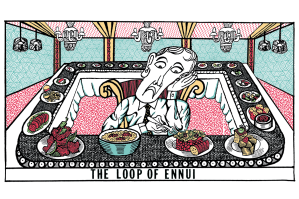



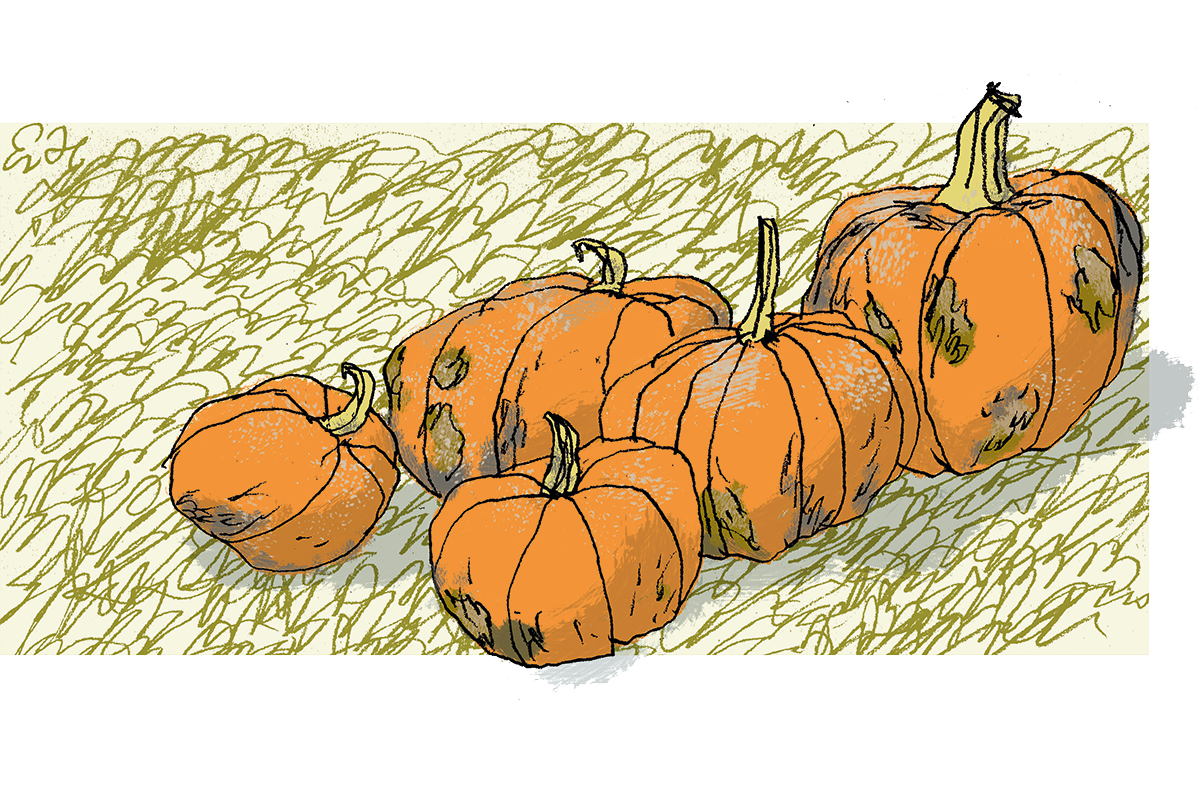
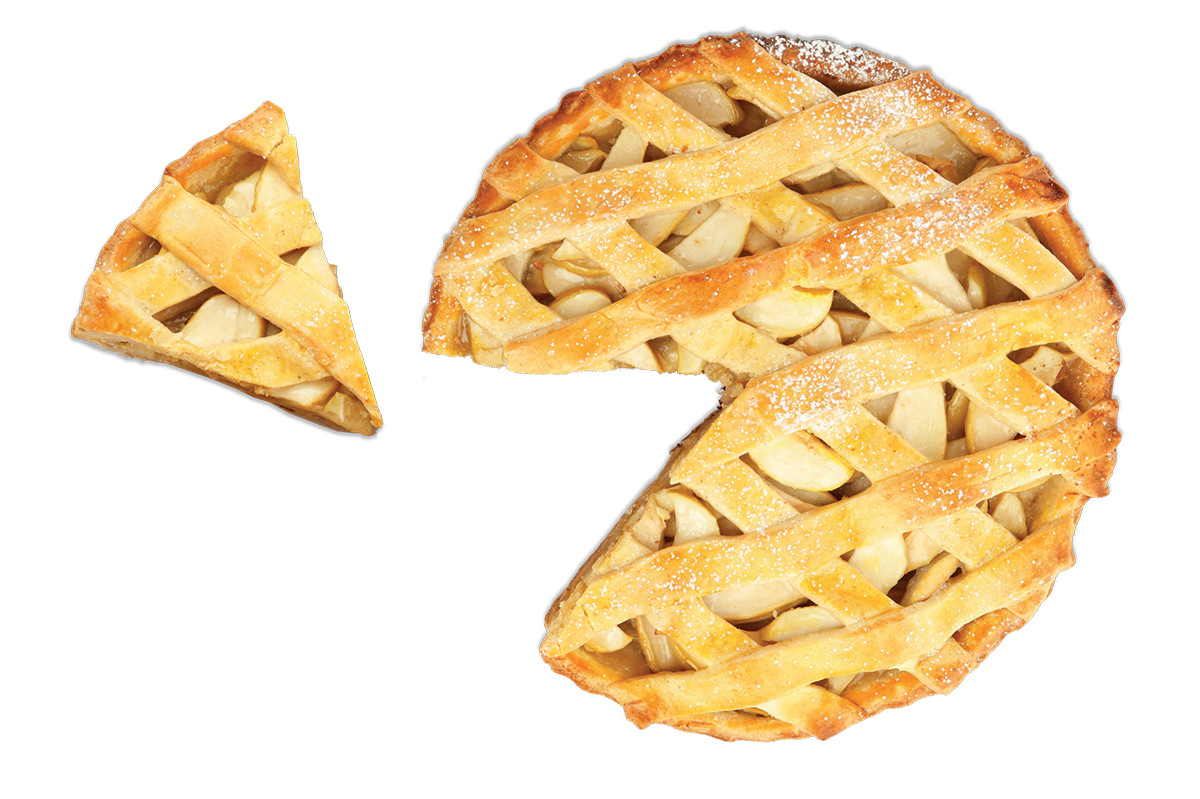
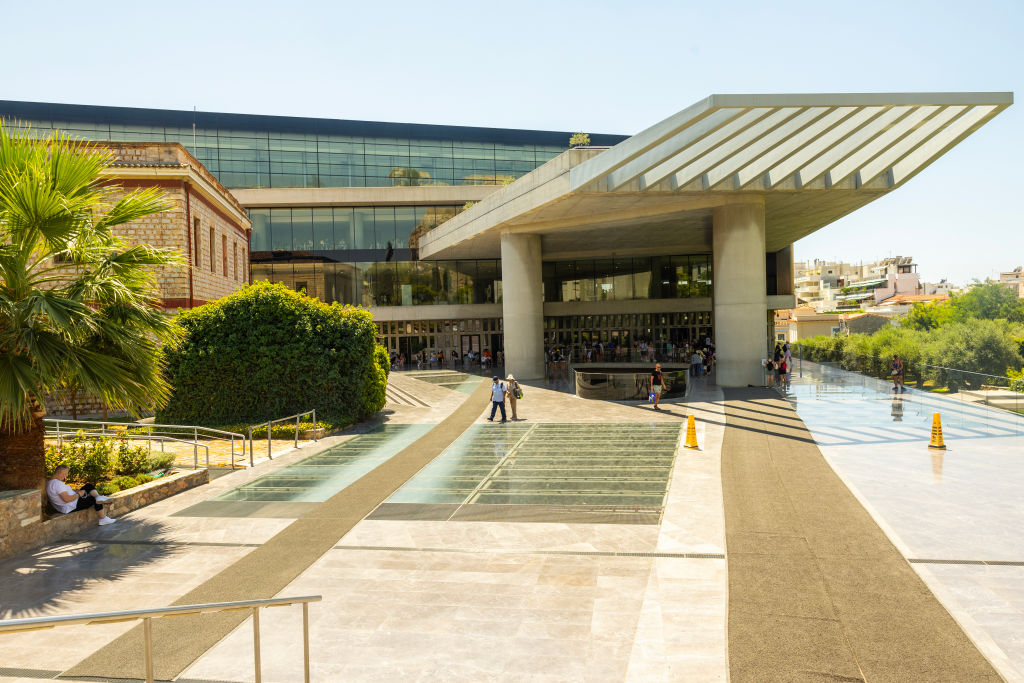
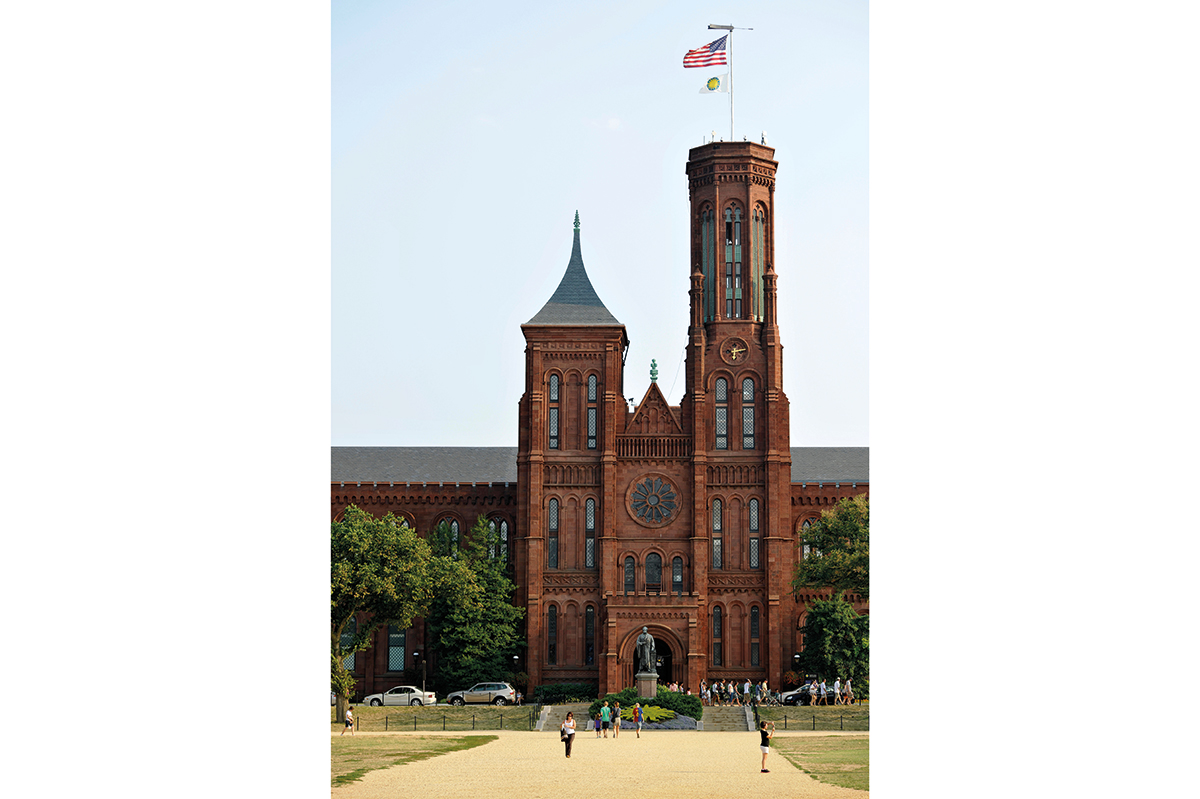
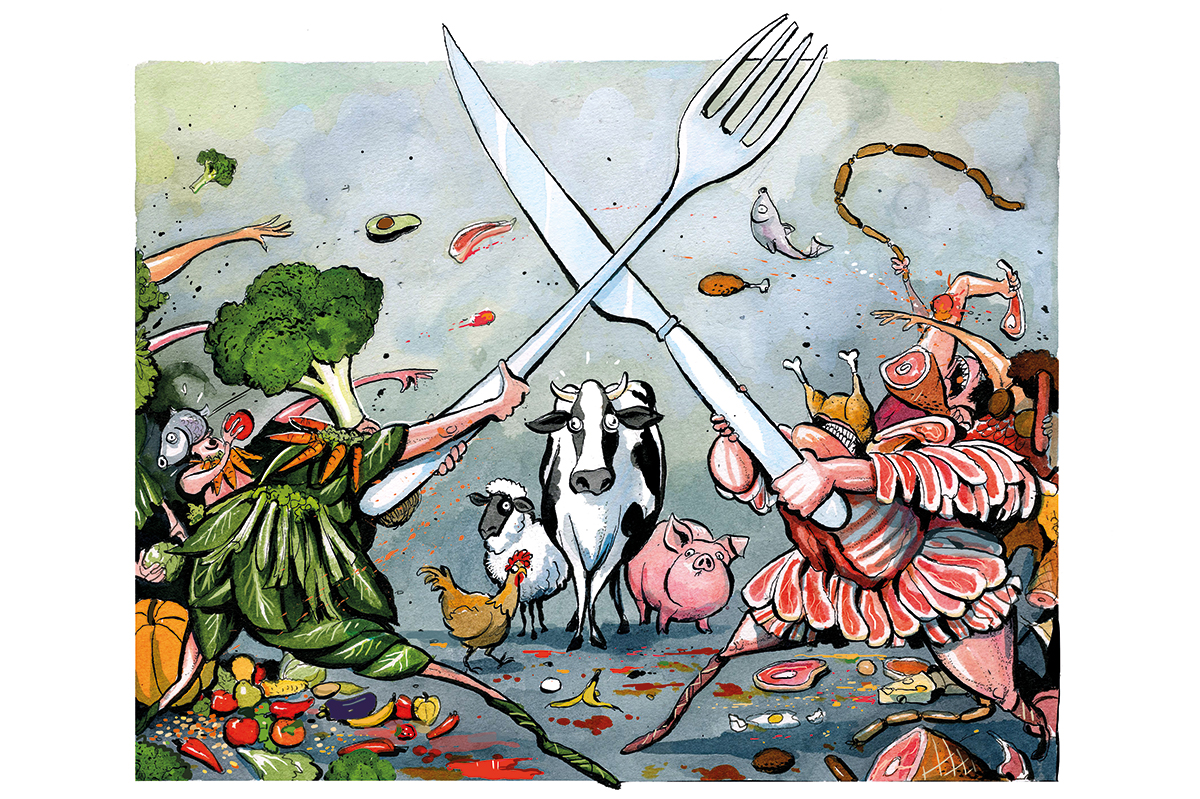







Leave a Reply